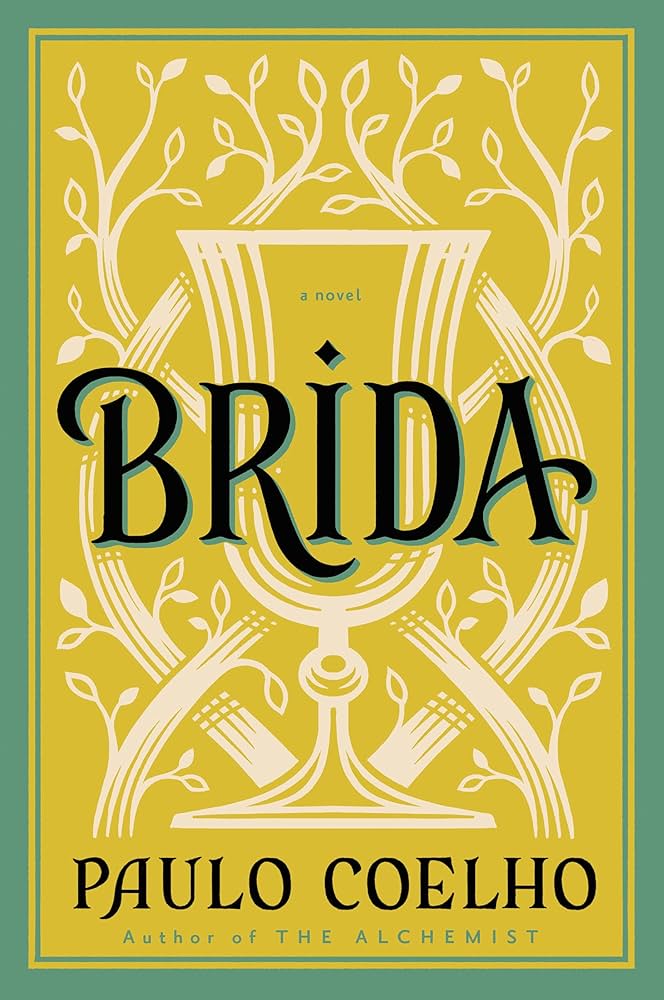
The Way of the Bow
Book Description
A mystical journey unfolds as a young archer seeks not just mastery of the bow, but the secrets of life itself. Bound by tradition yet yearning for freedom, he traverses treacherous landscapes, encountering fierce rivals, wise mentors, and glimpses of ancient wisdom. Each arrow drawn whispers of uncharted paths and the struggle between dreams and duty. As tension mounts and destiny looms, the stakes rise higher than a target in the sky. Will he discover the true essence of his quest before everything slips away, or is the path to enlightenment just another mirage?
Quick Book Summary
"The Way of the Bow" by Paulo Coelho is a philosophical narrative wrapped in the metaphor of archery. Through the story of Tetsuya, a legendary archer, and his apprentice, the book explores timeless lessons on life, discipline, purpose, and inner balance. Coelho uses the practices, rituals, and challenges of archery to reflect on deeper existential questions. Each lesson given to the student emphasizes not only the technical aspects of mastering the bow but also the importance of self-awareness, overcoming fear, and remaining present. As the apprentice stumbles and learns, we are invited to consider how striving for perfection in any discipline ultimately mirrors our quest for fulfillment and wisdom in life itself. The tale offers inspiration for personal growth and spiritual insight through its lyrical storytelling and profound simplicity.
Summary of Key Ideas
Table of Contents
Discipline and Practice in Mastery
The journey of archery, as depicted in "The Way of the Bow," serves as an allegory for mastering any craft in life. Beginning as a novice, the apprentice is introduced by Tetsuya to the notion that true mastery arises from unwavering discipline and habit. Patience, focus, and repetition of daily rituals shape not only one’s ability with the bow, but also the mindset necessary to overcome life’s myriad challenges. The story emphasizes that progress is incremental and often invisible, rewarding only those who endure and persevere despite plateauing or slow results.
Facing Obstacles and Embracing Failure
The path is not without its hardships. The book delves into the importance of facing obstacles, uncertainty, and failure. Through missed shots and moments of self-doubt, the apprentice learns to see setbacks as vital components of growth rather than deterrents. Tetsuya teaches that each failure is a lesson in humility and a stepping stone toward excellence. By embracing error instead of fearing it, the archer refines his technique and deepens his understanding of his own motivations.
The Relationship Between Master and Student
Central to the story is the bond between master and student. Tetsuya’s mentorship goes beyond imparting skills; he serves as a guide through complexities both technical and personal. Their relationship is grounded in respect, patience, and honest communication, highlighting the transformative power of good guidance. The role of a teacher is not to provide all answers, but to awaken in the student a curiosity and a discipline that will sustain lifelong learning beyond the teacher’s presence.
The Spiritual Dimension of Skill
Another key theme is the spiritual aspect embedded within skill. The act of shooting an arrow is described not just as a physical feat, but a meditation on one’s connection to the world. Breath control, awareness, and presence become exercises in aligning body, mind, and spirit. This spiritual dimension elevates archery from mere technique to a path toward enlightenment, where each moment at the target is an invitation to personal clarity and harmony.
Living with Purpose and Presence
Ultimately, the narrative calls readers to live purposefully, embracing the present and aiming true with each intention. The mastery of the bow symbolizes the pursuit of meaning in daily life. Through deliberate action and reflection, the apprentice—and the reader—discovers that the end goal is not just technical perfection, but an awakened state of living marked by integrity, awareness, and fulfillment. "The Way of the Bow" thus encourages us to seek wisdom both within ourselves and through our chosen paths, making each struggle and triumph part of a larger spiritual odyssey.
Download This Summary
Get a free PDF of this summary instantly — no email required.





